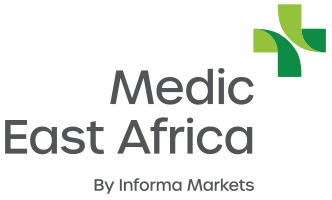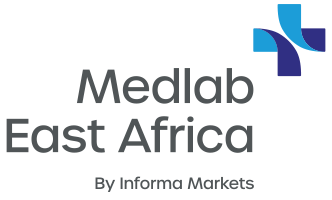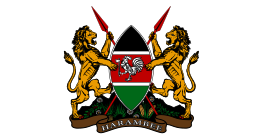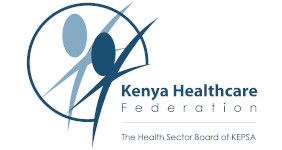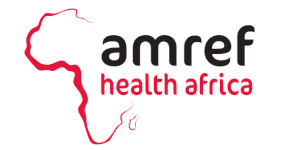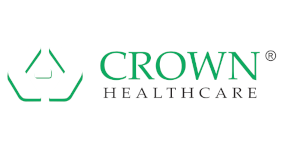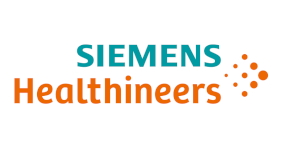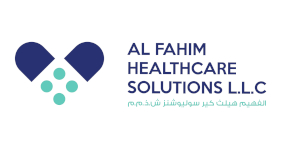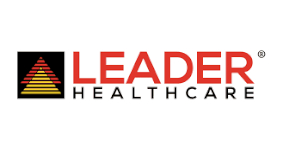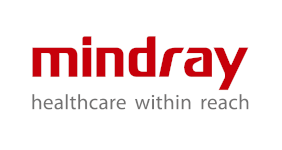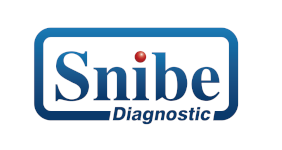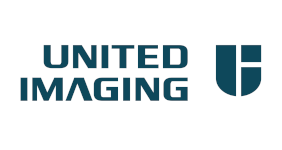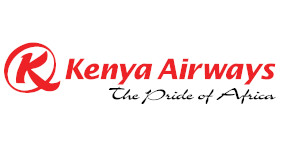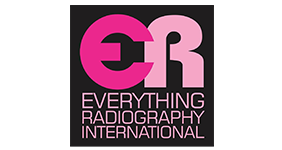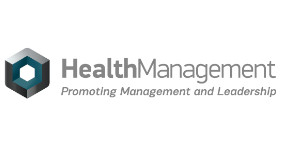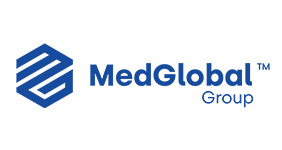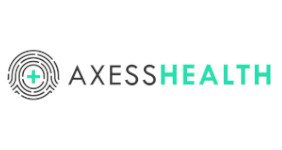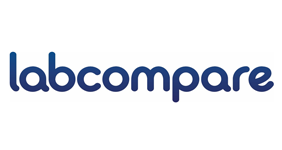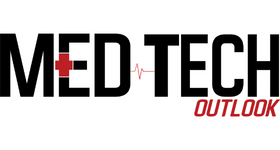Kenya healthcare market insights 2019
Market synopsis
According to the International Finance Corporation (IFC), Sub-Saharan Africa has about 11% of the world’s people, but it carries 24% of the global disease burden in human and financial costs. Almost half the world’s deaths of children under five take place in Africa.
This challenge is significant but not insurmountable. There is a tremendous opportunity to leverage the private sector in ways that improve access and increase the financing and quality of healthcare goods and services throughout Africa. In a region where public resources are limited, the private sector is already a significant player. Around 60% of healthcare financing in Africa comes from private sources, and about 50% of total health expenditure goes to private providers.
Sub-Saharan Africa’s improving economicperformance means that the demand among allsectors of society for healthcare is poised to increasestill further, says the IFC.
This challenge is significant but not insurmountable. There is a tremendous opportunity to leverage the private sector in ways that improve access andincrease the financing and quality of healthcare goods and services throughout
Africa. In are gion where public resources are limited, the private sector is already a significant player. Around 60%of healthcare financing in Africa comes from private sources, and about 50% of total health expenditure goes to private providers.
Sub-Saharan Africa’s improving economic performance means that the demand among all sectors of society for healthcare is poised to increase still further, says the IFC.
Key forecasts
BMI Research has revealed that the US pharmaceutical market presents strong commercial opportunities across multiple sub-sectors, therapy areas and product categories. Total pharmaceutical sales in 2017 reached USD 373 bn, which was more than three times the size of the next largest market (Japan: USD 95 bn).
Authorities are also investing in regulatory improvement initiatives, which will complement their efforts to achieve universal healthcare coverage. On the other hand, some foreign players may remain weary of committing to the market due to the prevalence of counterfeit medicines, low per capital purchasing power and the uncertain funding base.
Kenya has made significant progress in tackling longstanding issues, such as high child and maternal mortality rates. However, the fact that a substantial proportion of the population lives in rural areas continues to present challenges in relation to accessand quality of care. Authors of the report remain optimistic regarding the trajectory of Kenya’shealthcare system, though adequate and sustained financing may be difficult to secure.
Health expenditure
According to Fitch Solutions, spending on healthcare was valued at KES394.68bn (US$3.98bn) in 2017. Per capita healthcare expenditure reached US$80, of which as much as 61% was sourced from the private sector. Generally speaking, healthcare remains unaffordable to many, also due to the lacking infrastructure in rural areas.
In 2017, total healthcare spending accounted for around 4.8% of the country’s GDP, with the figure gradually falling in recent years from over 5.7% in as recently as 2014.
Healthcare infrastructure
In October 2018, local authorities reported that the construction of a new 2,000-bed secondary and tertiary care hospital on the outskirts of Eldoret (western Kenya), which aims to relieve stress on the Moi Teaching and Referral Hospital is scheduled to start by the end of the year.Private hospitals in Kenya have rolled out multi-billion shilling expansion projects in order to meet the current and expected growth in demand for quality healthcare services as the country’s middle class population grows. The Aga Khan University Hospital, Nairobi Hospital, Avenue Group, Coptic Hospital, Kenyatta University and AAR Health Services have all launched major development schemes that will see new branches opened and services broadened. Similarly, in August2016, India-based Grant Medical Foundation’s RubyHall Clinic launched a 400-bed facility in Kenya, with a focus on cardiology and oncology.
Medical devices
Fitch Solutions suggest that the Kenyan medical device market will record double-digit growth in local currency
terms over the 2017-2022 period, and weaker growth in US dollar terms due to the depreciation of the Kenyan shilling, according toFitch Solutions. The market will remain heavily reliant on imports due to domestic manufacturers focusing on basic consumables. The Equitable Division of Revenue Bill and ambitions of achieving universal healthcare coverage will benefit medicaldevice manufacturers.
Health insurance
In early 2017, WHO figures showed that almost every four out of five Kenyans had no access to medical insurance, which precluded them from being able to reach necessary healthcare services. In order to expand affordable healthcare coverage in Kenya, President Uhuru Muigai Kenyatta has vowed to increase cooperation between the NHIF and private insurance providers, as well as to change laws regarding such providers. The authorities are targeting 100% coverage in 2022, up from 56% currently, or around 25.7 million population.
